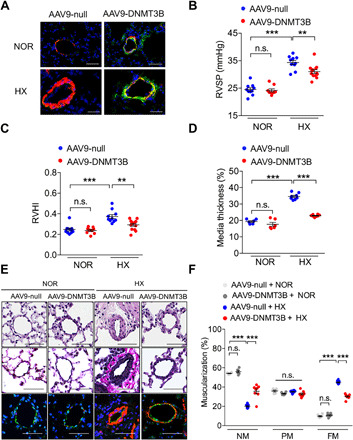Fig. 4. DNMT3B overexpression ameliorates hypoxia-induced PH in mice.

(A) Representative images of lung tissues from mice that received intratracheal delivery (AAV9-DNMT3B or AAV9-null) at day 28 under normoxia or hypoxia by immunofluorescence staining with anti–α-SMA (red), anti-DNMT3B (green), and DAPI (blue). Scale bars, 50 μm. (B and C) AAV9-DNMT3B–treated mice exhibited a reduction in (C) RVSP and (D) RVHI compared to AAV9-null–treated group at day 14 after exposure to hypoxia (C and D, n = 10 for AAV9-null–treated normoxia group, n = 9 for AAV9-DNMT3B–treated normoxia group, n = 10 for AAV9-null–treated hypoxia group, and n = 13 for AAV9-DNMT3B–treated hypoxia group). (D) Pulmonary vascular remodeling by percentage of vascular medial thickness to total vessel size (n = 6 for normoxia group and n = 8 for hypoxia group). (E) Representative images of H&E staining, EVG staining, and immunofluorescence staining with anti–α-SMA (red, smooth muscle cells), anti-vWF (green, endothelial cells), and DAPI (blue, nuclei) for the PH model of lung tissue from hypoxia- or normoxia-treated mice at day 14. Original magnification, ×400. Scale bars, 50 μm. (F) Quantification of vessel muscularization for the PH mouse model demonstrating that augmenting DNMT3B retarded pulmonary vascular remodeling under hypoxic conditions (n = 6 for normoxia group and n = 8 for hypoxia group). **P < 0.01 and ***P < 0.001 versus AAV9-null–treated normoxia group or AAV9-null–treated hypoxia group, one-way ANOVA with Bonferroni correction for multiple comparisons (B to D), and two-way ANOVA with Bonferroni’s post hoc analysis (F); mean ± SEM.
